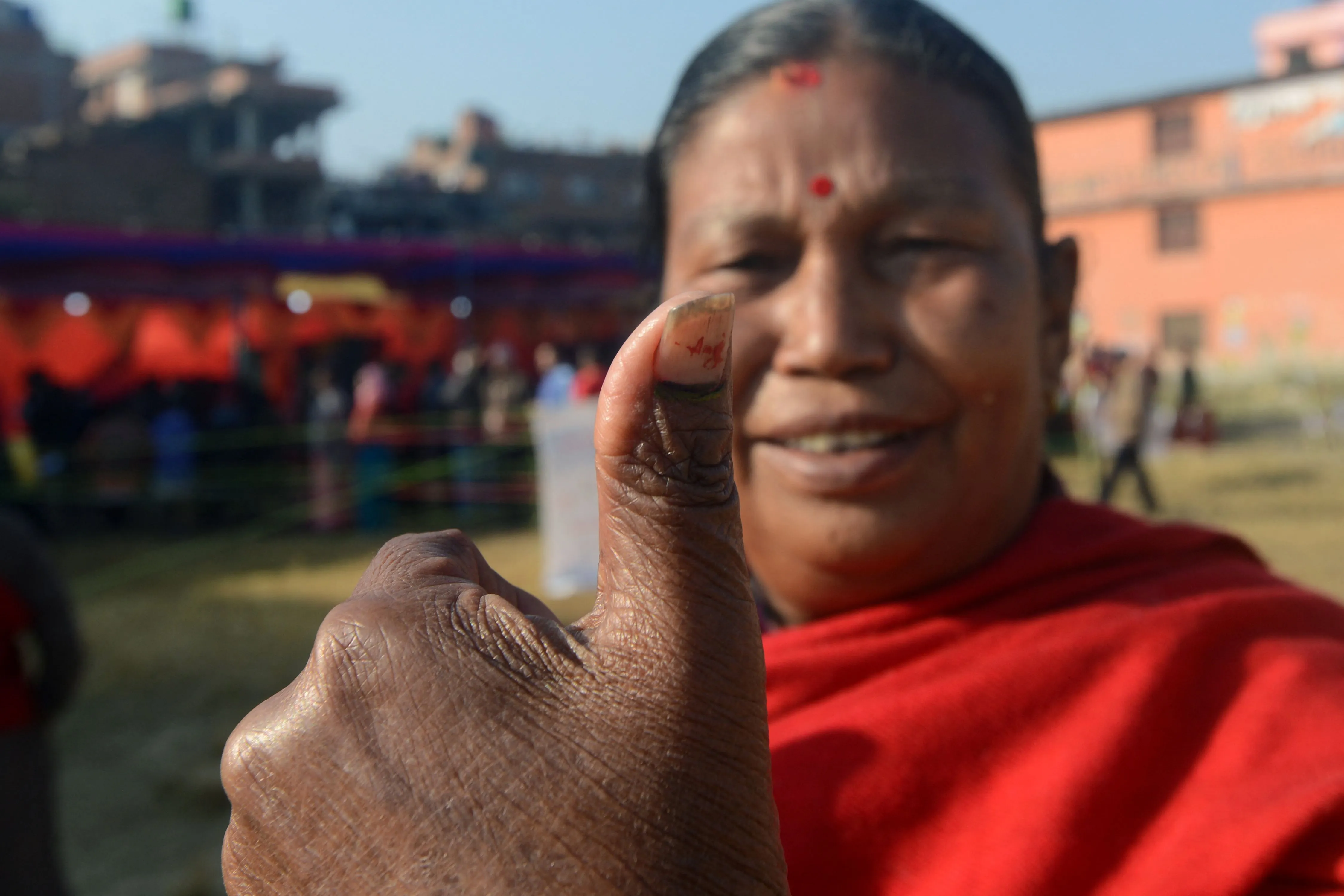
The democracy in Nepal is evolving in exciting ways. Following a decade-long bloody insurgency waged by the Maoists and the subsequent decade of political instability, Nepal adopted a new constitution in 2015. Despite the new constitution being labelled discriminatory and biased, especially to the people of the Madhesh region, the elected parliament of Nepal completed its five years tenure, although it witnessed a change of government. Considering the political history, the change of governments, without contributing to instability, should not dilute the significant milestones that Nepal has achieved in the last five years. While the ugly internal power struggle and switching of sides by the political parties are not limited to Nepal, the upcoming elections in the Himalayan Republic hold significant promises to its democracy. At a time when some of the South Asian nations are struggling to live with the collapse of governments and governance mechanisms, Nepal’s voting for the federal and provincial elections on 20 November 2022 merits close analysis.
The contest and the stakeholders
The electoral contest in Nepal, as it appears, is mainly going to be bipolar as the ruling dispensation of the five-party alliance led by the Nepali Congress (NC) is being challenged by the main opposition led by the Communist Party of Nepal-United Marxist Leninist (CPN-UML). One of the least ideologically challenged elections in Nepal should not write off the potential roles of the National Independent Party (NIP) and other independent candidates considering the landslide victory of such a candidate as the Mayor of Kathmandu in May 2022. The bipolar alliances, however, look unnatural as one can figure out desperate political opportunism at play across the political parties. Both the Madhesh-based parties—Loktantrik Samajwadi Party and the Rashtriya Janamorcha—which are important members of the ruling coalition, seem to have substantially lost their popular support in the region. The communist members of the ruling coalition-Communist Party of Nepal-Unified Socialist-led by the former Prime Minister, Madhav Nepal and the Communist Party of Nepal-Maoist Centre of Pushpa Kamal Dahal are making efforts to check the electoral prospects of the opposition coalition led by Khadga Prasad Oli. However, one can see that the communists who came to power with a thumping majority in the 2017 elections are now a badly divided house. The opposition coalition led by CPN-UML hardly has any important partners. The Rastriya Prajatantra Party (RPP) with its hyper-Hindu nationalism and royalist stand could get only one parliamentary seat with a 2.06 percent vote share in 2017. Similarly, another Madhesh-based Janata Samajbadi Party (JSP), which came out of the ruling coalition to join the Opposition following a disagreement over seat sharing, does not look like a major stakeholder that can substantially gain in this election. The UPN-UML, which got the single majority in the 2017 elections, is a divided house. One of the major leaders of the party, Madhav Kumar Nepal, has splintered away from the party to form the CPN-Unified Socialist and is expected to contribute substantially to keep the latter at bay. Given the political stature of Sher Bahadur Deuba, both as a five-time prime minister and as the president of the ruling party, the Nepali Congress is expected to perform much better in this election in comparison to the last one. However, considering that the Nepali Congress preferred the leadership of Sher Bahadur Deuba as the party president over Sekhar Koirala of the Koirala dynasty in the 14th party convention (December 2021), one should not completely rule out internal conflicts within the party. To what extent the internal conflicts within the Nepali Congress would influence their electoral prospects remains to be observed.
Electoral issues and election manifestos
The territorial assertion, as an important source of political posturing, is seen to be a commonality between the opposition parties despite their divergence of positions about India and China.
A close look at the election manifesto of the political parties reveals that along with the promises made on the internal political and economic issues, the big-ticket international issues are being hotly debated in the run-up to the election in Nepal. It came as no surprise that the CPN-UML raised the issue of Nepal’s territorial integrity about its southern neighbour, India. Declaring himself as the only leader who stood up to the pressures of India and adopted new maps for Nepal that included some areas under Indian occupation, KP Oli claims to reclaim the ‘Nepal territory’ that is under the latter’s control. The territorial assertions of KP Oli have not offered him much, other than mere posturing. On the contrary, the Nepali Congress has raised Nepal’s territorial disputes with China in its election manifesto. The territorial assertion, as an important source of political posturing, is seen to be a commonality between the opposition parties despite their divergence of positions about India and China. Similarly, the opposing coalitions are also seen to be divided on foreign aid and loans. The Nepali Congress, in its election manifesto, is seen to be favouring a US$500-million Millennium Challenge Corporation-MCC grant extended by the United States over the Belt and Road Initiative (BRI) of China in Nepal. Nepal as a zone of peace, as proposed by the former Monarch, Birendra, finds a place in the election manifestos of CPN-MC, CPN-UML, and the RPP. The CPN-MC, by raising this issue, arguably, wants to balance Nepal’s relation with India regarding other foreign countries, if not specifically with that of China. The vulnerabilities and the economic hardship that the people had to go through and the limited role of the government in addressing those concerns are mostly raised by the independent candidates.
What it portends?
The anti-India rhetoric that the Communist coalition manufactured following a six-month-long border blockade by India in 2015, which contributed substantially to its electoral advantage, seems to have died down despite Oli’s desperate attempts.
With the unnatural alliances that have been forged with hardly any ideological convergence and common minimum agenda, the upcoming election in Nepal presents a curious case for keen observation. The anti-India rhetoric that the Communist coalition manufactured following a six-month-long border blockade by India in 2015, which contributed substantially to its electoral advantage, seems to have died down despite Oli’s desperate attempts. The issues of corruption charges against his government, internal divisions within the party, and his attempts to dissolve the Parliament have dented the popularity of the UML. On the other hand, considering the failure of China, despite its several attempts to save the CPN-UML government, suggests the shrinking influence of the former in Nepal politics. On the contrary, the billion worth of electricity export from Nepal to India and India’s support to Nepal during the pandemic have minimised the anti-India feeling a bit. It can be argued that, while the role of India and China in influencing the election in Nepal cannot be completely ruled out, the domestic governance and economic issues along with the political equations would determine the result. As the election results, as it appears now, mostly going towards a hung parliament, one can only wish for a clear majority for any political party to avoid the repetition of political instability in the young Himalayan republic.
The views expressed above belong to the author(s). ORF research and analyses now available on Telegram! Click here to access our curated content — blogs, longforms and interviews.




 PREV
PREV


